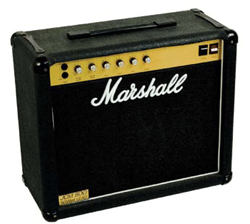Search
Latest Stories
Start your day right!
Get latest updates and insights delivered to your inbox.
jcm-800-combo-gig-background-series-value-letter-ampliifers-among-most-influential-panel-update-cosmetics-marshall-distributor-jim
Don’t Miss Out
Get the latest updates and insights delivered to your inbox.
Recent
load more

